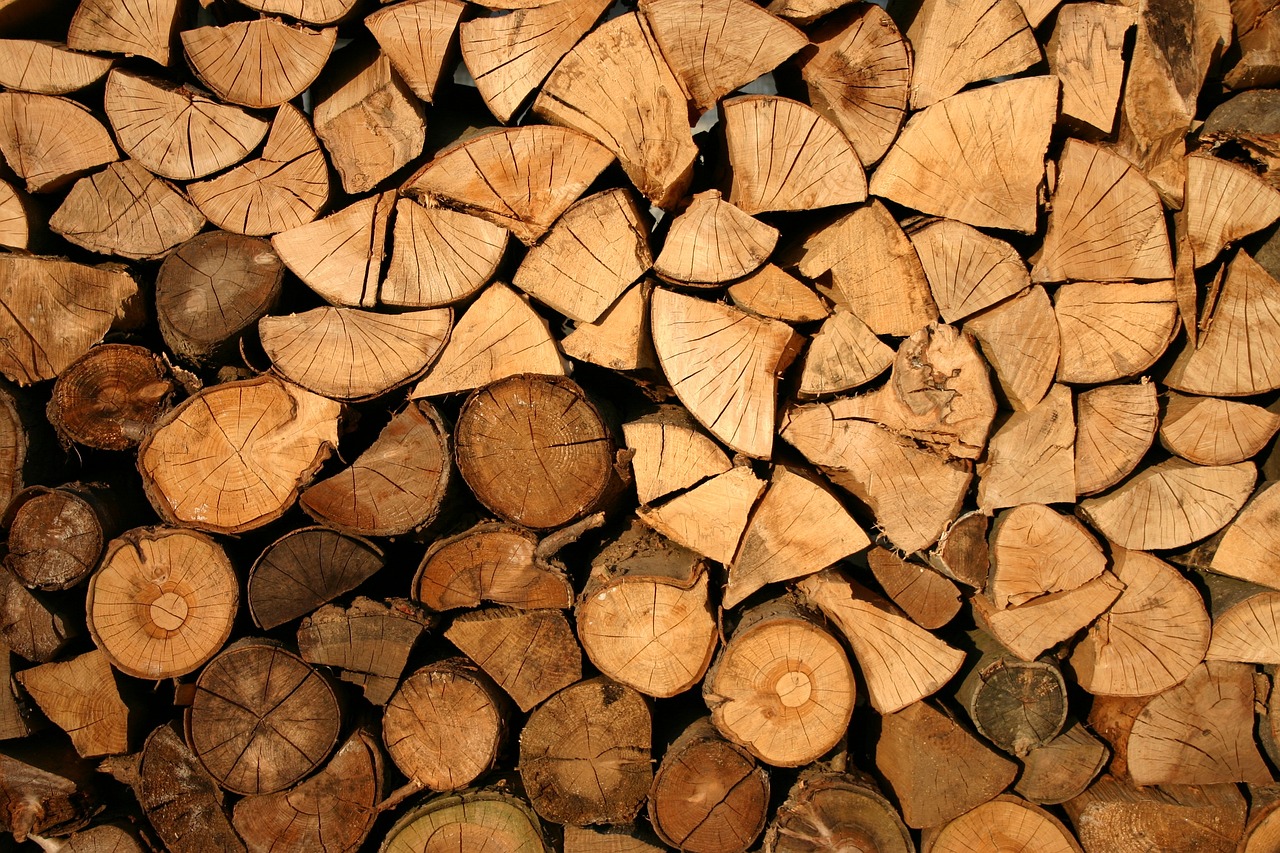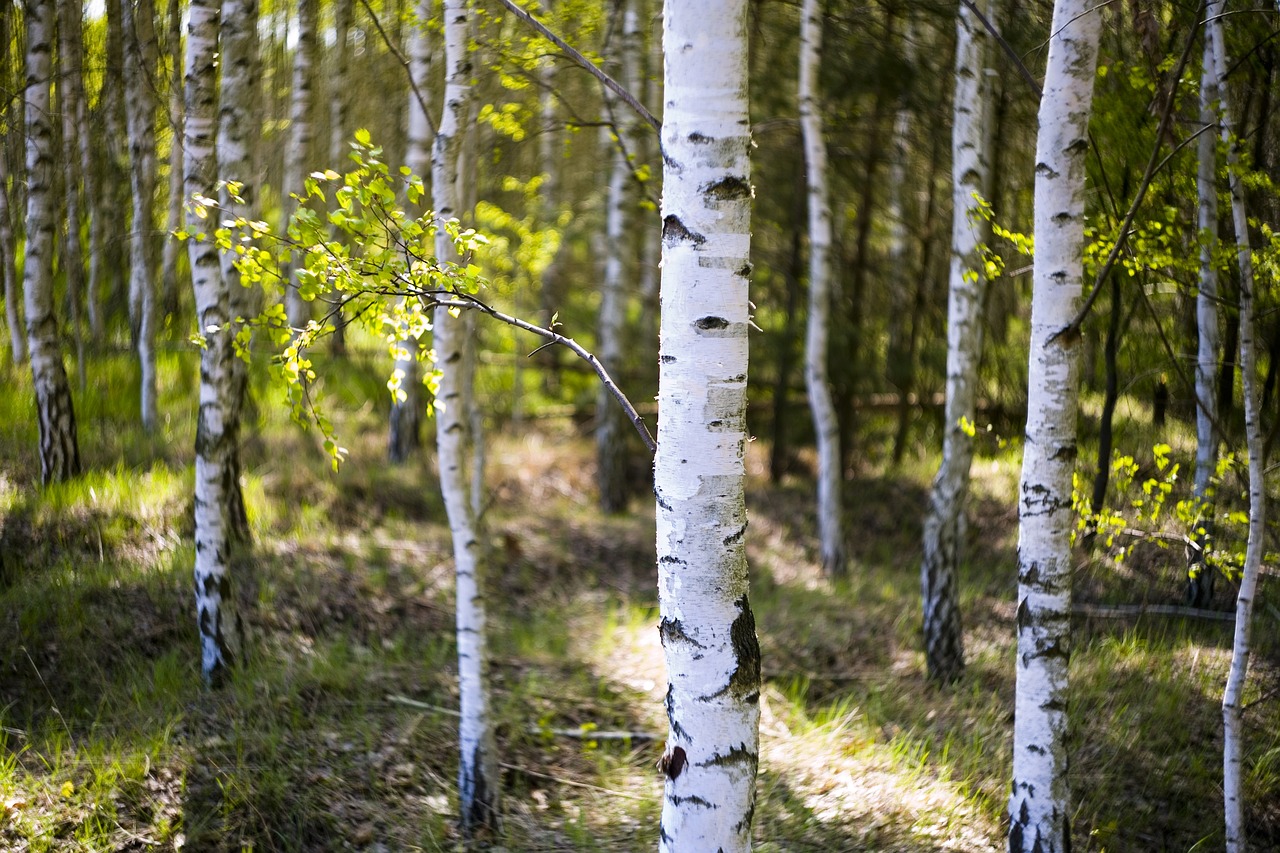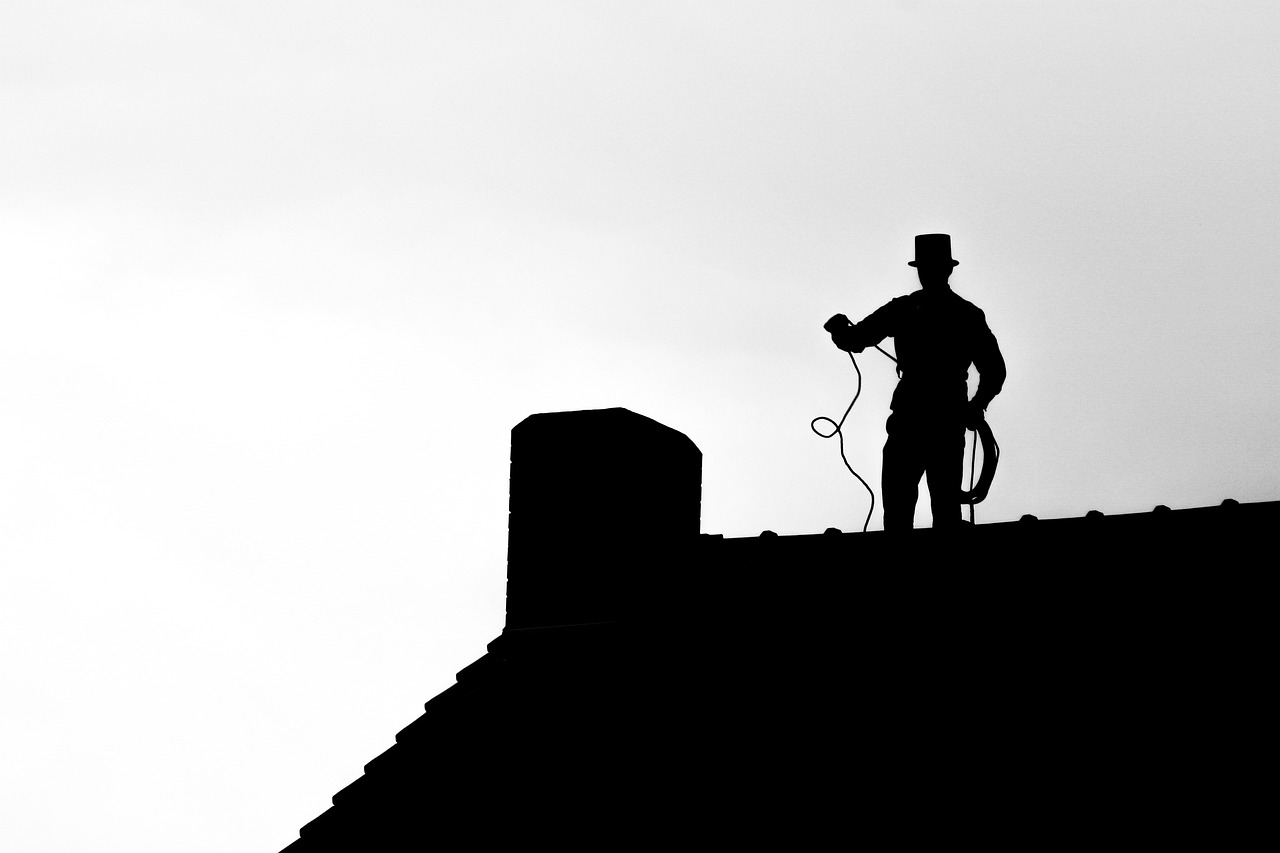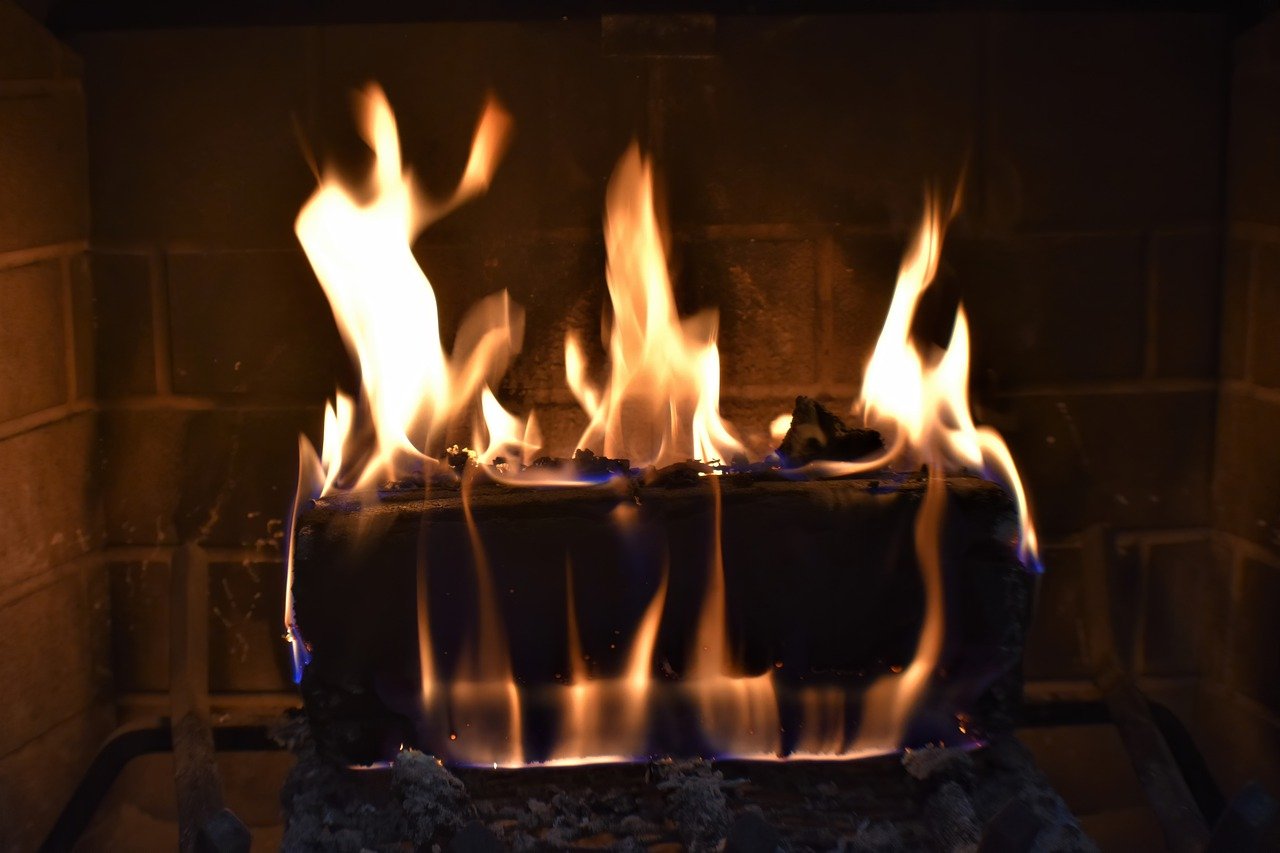When wood is first cut, it is known as green timber. This means it has a high moisture content of more than sixty percent. All wood can absorb and release moisture. The amount of moisture timber holds varies, though it can increase to up to two hundred percent.
Water is essential to trees, helping them take nutrients from the ground in order to grow. With high moisture levels, the wood is flexible. Now looking at this from a firewood view, the last thing you want is a high moisture content in your firewood. High moisture poses health and environmental problems, which is eliminated when you use kiln dried logs.
Why You Don’t Want to Burn Wet Wood
When you burn wood that has a high moisture content, you will experience heavy smoke, filled with creosote. Creosote, is a coal tar, that will build up in your chimney, increasing the risk of a chimney fire. When left unchecked, the risk of structural damage to the chimney is increased. In addition to this, when you burn wet wood, it is not as efficient, meaning you need more wood to heat your home.
Wet wood also releases soot particles, that will make their way into the environment, making wet wood not very environmentally friendly. As a result, any firewood must be dried to remove as much moisture as possible, ideally to a level of less than twenty percent. There are a number of methods used to dry out firewood, including kiln drying.
Kiln Dried Logs
Kiln dried logs are wooden logs that were heated in a kiln. The purpose-built kiln heats the wood without burning it, preserving the wood as firewood, while removing moisture. It basically dries the wood from the inside to reduce the moisture content to less than twenty percent. The kiln drying process removes any impurities, along with insects.
What is kiln dried wood?
Kiln dried wood is wood that has been heated in a purpose-built kiln. This heats the timber without burning away fibres, thus persevering more fuel for burning. As the timber heats the excess moisture held within the wood evaporates, thus drying out the wood from the inside.
Air Drying
Some firewood you can purchase has been air dried, or seasoned. This is a natural process where the wood is allowed to dry naturally. It is placed in storage with ample air flow to naturally allow the moisture to be released from the wood. This can take anywhere up to a year and a half, if not longer. Air drying is not a uniform drying process, meaning the wood may still be damp on the inside.
Kiln Drying Process
Kiln dried logs are placed in a closed chamber where the humidity, temperature, and air flow are all controlled. The aim is to remove moisture, releasing it into the atmosphere. It can take up to eight weeks for the wood to dry evenly.
With a low moisture content of less than twenty percent, kiln dried logs can provide numerous benefits, including:
- Reducing the risk of chimney fires
- High heat output
- Easy to light
- Environmentally friendly
- Longer shelf life
- Optimal burning efficiency
- Minimal creosote. build up in your chimney
- Less smoke and emissions
How Do They Kiln Dried Logs?
The drying process relies on a number of kiln types, the most common being dehumidification and conventional kilns. The kiln drying process is a step by step process, as follows:
- Tree cutting – Trees are cut down, logs are de-limbed and prepared for the drying process
- Grouped – the wood is then sorted based on moisture levels, ensuring the drying process is efficient and effective with wood of the same size and similar moisture levels
- Pre-dried – the logs are dried to reduce their initial moisture level
- Stacking – the logs are carefully stacked in the kiln, ensuring that air circulation, humidity, and temperature are controlled
- Drying – the kiln is heated to 170 degrees Fahrenheit, slowly reducing the moisture content of the wood over six to eight weeks
- Cooling – Once the kiln cools, the logs are conditioned, equalising the moisture content
- Stored – once cooled and conditioned, the logs are sorted and stored to reduce moisture absorption
Conclusion
Kiln dried logs take a few weeks to reduce moisture to less than twenty percent, unlike air dried / seasoned logs that can take a year and a half, or more. The kiln drying process provides you with dry and efficient fire logs that provide a high heat output with minimal smoke and creosote.





